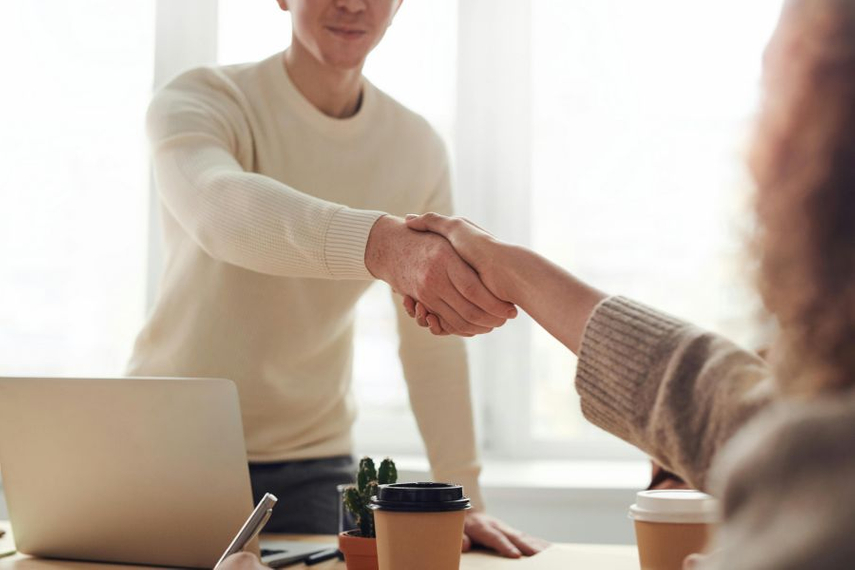
Please sign in or register
Existing users sign in here
Having trouble signing in?
Contact Customer Support at
[email protected]
or call+91 22 69489600
Discover the financial disadvantages independent advertising agencies may encounter when selling to global networks, as explained by the chairman and co-founder of GoZoop Group.

Contact Customer Support at
[email protected]
or call+91 22 69489600
Top news, insights and analysis every weekday
Sign up for Campaign Bulletins
The new television commercial positions the TVS NTORQ 150 around performance-led riding and racetrack-inspired everyday mobility.
The new tourism campaign positions the state around experiential travel, cultural immersion and discovery beyond conventional destination-led narratives.
The public sector lender has appointed a Mumbai-based agency after a competitive pitch to manage its corporate communications mandate.
He will oversee client relations and content strategy.